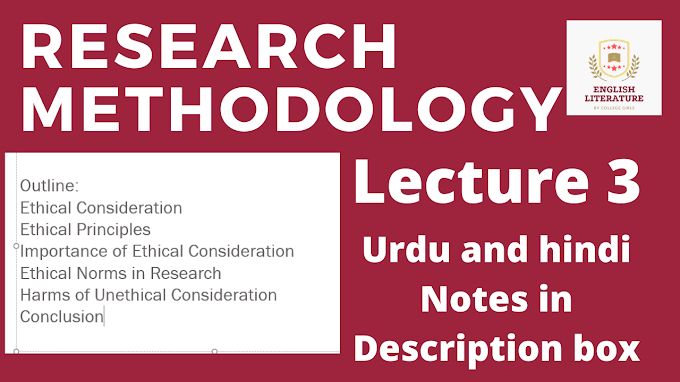The Madman
His Parables and Poems
By Kahlil Gibran
Who is Khalil Gibran?
Early Life: Khalil Gibran (also spelled Kahlil Gibran) was born on January 6, 1883, in the town of Bsharri, in modern-day Lebanon. He was born to a Maronite Christian family.
Immigration to the United States: In 1895, Gibran immigrated with his mother and siblings to the United States, settling in Boston, Massachusetts. He was around 12 years old at the time.
Artistic Talents: Gibran displayed artistic talents at a young age, and his artistic abilities were recognized and encouraged by his teachers and mentors in Boston. He attended art school and developed his skills as a visual artist alongside his literary pursuits.
Writer and Poet: Gibran is best known for his literary works, particularly his poetic writings. His most famous work, "The Prophet," published in 1923, is a collection of poetic essays that explore themes of love, life, freedom, and spirituality.
Multilingualism: Gibran was fluent in several languages, including Arabic, English, and French. He wrote primarily in English but was also a proficient writer in Arabic.
Philosophy and Spiritual Themes: His writings often reflect a blend of Eastern and Western philosophies, exploring spiritual themes and the human condition. He had a deep interest in mysticism, spirituality, and philosophical inquiries.
Artistic Versatility: Beyond his literary accomplishments, Gibran was also a talented visual artist, creating drawings and paintings that often accompanied his writings. His visual artwork, characterized by its symbolism and emotive qualities, is highly regarded.
Social and Political Views: Gibran held views that emphasized individualism, freedom, and the importance of the human spirit. He critiqued societal norms and institutions, advocating for personal liberty and self-discovery.
Legacy and Influence: Khalil Gibran's works have had a profound impact on readers worldwide. "The Prophet" especially gained immense popularity and has been translated into numerous languages, becoming a classic of modern literature.
Spiritual Heritage: His Lebanese heritage deeply influenced his perspectives on spirituality and culture, contributing to the universal appeal of his writings.
Death and Posthumous Recognition: Gibran passed away on April 10, 1931, in New York City. Despite his relatively short life, his literary and artistic legacy continues to resonate with readers globally, and he remains a celebrated figure in both literary and artistic circles.
The Madman
His Parables and Poems
"The Madman" is a collection of philosophical parables and poetic essays written by the renowned Lebanese-American writer and poet, Khalil Gibran. Originally published in 1918, this collection explores various themes such as freedom, society, love, reason, and spirituality through a series of allegorical tales and reflections.
The book presents a character known as "the Madman," who challenges conventional thinking and societal norms. Through this character, Gibran delves into the nature of sanity, wisdom, and the human condition. The madman's unconventional wisdom and insights often contrast with the perceived sanity of the society around him, prompting readers to question their own beliefs and perceptions.
Gibran's writing style in "The Madman" is lyrical, metaphorical, and deeply reflective. The book invites readers to contemplate profound philosophical ideas in a poetic and allegorical manner, encouraging introspection and a deeper understanding of the complexities of life and human nature.
Overall, "The Madman" is considered a significant work in Khalil Gibran's literary repertoire, showcasing his mastery in blending spirituality, philosophy, and poetry to provoke thought and introspection among readers.
Summary of The Project Gutenberg eBook of The Madman: His Parables and Poems by Kahlil Gibran
The Madman
His Parables and Poems
By Kahlil Gibran
"The Madman": This story is about a character called "the Madman." He's different from others and says things that challenge what most people believe. Through his different way of thinking, he tries to make people see the world in a new and unconventional light.
"The Two Hermits": It's a story about two people who live apart from others. They both have different ideas about what's important in life and how to find wisdom. It shows that wisdom can be found in different ways, either by being around others or by being alone.
"The Wise Dog": This story is about a dog that questions what it means to be wise. It teaches us that wisdom isn't just about how things seem on the surface but about understanding deeper meanings.
"The Seven Selves": This one talks about the different sides of a person and how each part of us contributes to who we are. It's about understanding ourselves better and learning from our different experiences.
"The Poet": This is a reflection on the importance of poets and artists in expressing deeper truths through their creative work. It shows how art can help us understand the world better.
"The Sayings of the Brook": A poetic piece where nature speaks and talks about the constant flow of life and the wisdom that can be found by observing the world around us.
"The City of Brass": This story tells us about a city made completely of a shiny metal called brass. It's a symbol for people who only chase after material wealth and how that pursuit might end up feeling empty.
"The Sleep-Walkers": It's about people who just go along with what everyone else is doing without really thinking about it. It's a reminder to be more aware of our actions and choices.
"The Palace and the Hut": This story contrasts a grand palace, which represents wanting a lot of things, with a simple hut that symbolizes finding contentment in the basics of life.



.png)


0 Comments
If You Have Any Doubts Let Me Know, Please Let Me Know.